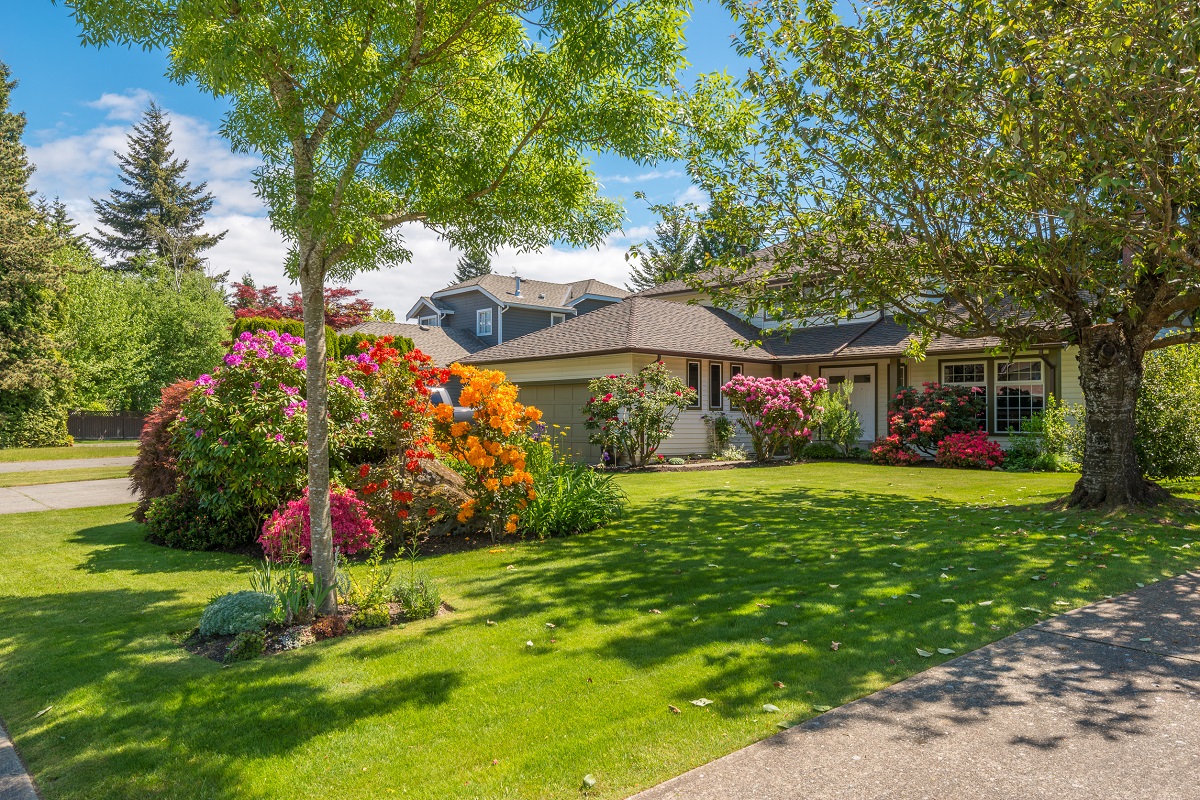Disclaimer: This website provides health information for educational purposes only and is not a substitute for professional medical advice, diagnosis, or treatment. Always seek the guidance of a qualified healthcare provider with any questions you may have.
Whether you are redesigning your garden or building a new one, you know too well that the job does not only involve choosing plants and flowers. You need to take into account that a large portion of your garden will have permanent concrete fixtures. These include your patio, the outdoor kitchen, the swimming pool, and water features, such as fountains. And these parts should be planned carefully and accordingly.
That is where the principles of hardscaping come in. These features must not only look beautiful. They also need to be practical and useful. Your landscape architect may have some recommendations, but you need to have an idea of the basics.
Here are some of the things you should keep in mind:
The Layout of the Garden
Some landscape architects recommend that homeowners plan the layout of their garden first. That is because it will easily help you decide where you’re going to put the hardscaping materials. More importantly, it will aid you in plotting the network of paths, so that moving around will be much easier. That is especially needed if you have a large garden. Speaking of the paths, you need to keep them simple; you can easily do so by following the contours or shape of your landscape. If you decide to place the path close to walls, make sure that you have garden uplights for safety and aesthetics.
Symmetry and Geometry
Regardless of the theme of your garden, you will always encounter two principles, namely geometry and symmetry. The geometrical aspects depend on the shape of your garden, as the shape influences the number of hardscape things you will put in. Once you have decided on the hardscape items that will be situated in the garden, you need to plan their location in the layout. That way, you can easily decide on the design’s symmetrical aspect.
Hardscape Features
Be practical, and that means that you need to be sensible about the amount of hardscape that you will put in your space. It should blend well with the softscape, such as the plants and earth. If the utility is your goal, it is only sensible to have a patio, especially if you always have a lot of visitors coming. Wooden decks are also a good alternative. If you have an elevated or sloping garden, retainer walls must not be forgotten.
The Choice of Materials

Your choice of materials will easily depend on the overarching theme or aesthetics of your garden. If you have a Tuscan-inspired space, earth-based materials, such as terra cotta, should be prominent. Similarly, if you are designing a Japanese rock or Zen garden, gravel and wood should be your main design items.
Be careful and creative
Designing the hardscaping of your garden is essential, as the concrete and solid fixtures will remain for a very long time. However, that does not mean that you will not be creative. You can use this opportunity to show how imaginative you are. Make use of what is available so that you can bring out the design you have in mind.




